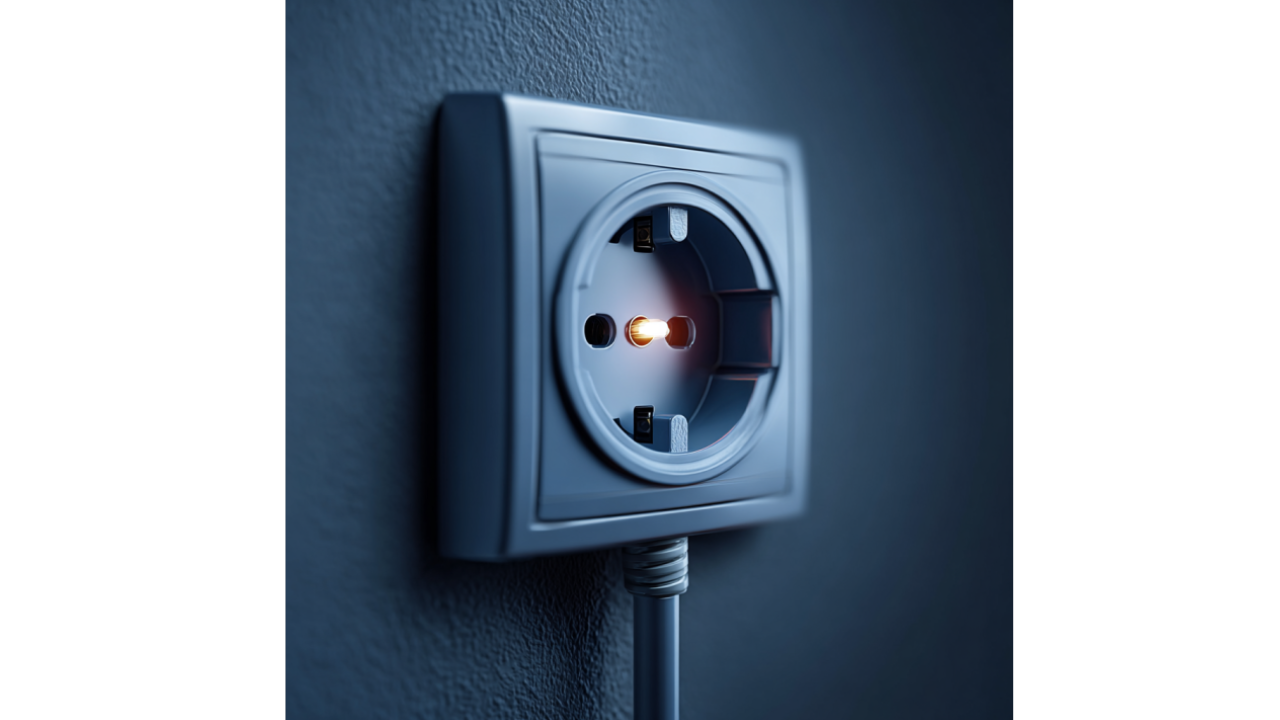ASML Just Bet $1.5 Billion on Europe's AI Dreams. We're Not Convinced.
When the world's most important semiconductor equipment maker drops $1.5 billion on an AI startup that's worth less than OpenAI's quarterly coffee...

While Europe scrambles to catch up with its ambitious €30 billion AI gigafactory plans, they've accidentally stumbled onto the most important strategic insight of our time: in the race for AI supremacy, energy infrastructure matters more than everything else combined. The bloc's recognition that each gigafactory requires "three to five billion [euros] in investment" and consumes "at least one gigawatt" of power isn't just a technical specification—it's a geopolitical revelation.
Here's the uncomfortable truth that every AI investor, policymaker, and tech executive needs to understand: you can't download electricity. While we've been obsessing over chip architectures and model parameters, the real bottleneck has been hiding in plain sight in our power grids.
The scale of AI's energy appetite should terrify anyone betting against robust energy infrastructure. Goldman Sachs Research forecasts global power demand from data centers will increase 50% by 2027 and by as much as 165% by the end of the decade. Microsoft is on track to invest approximately $80 billion to build out AI-enabled data centers, with more than half in the United States. AI infrastructure spurred an 82% rise in hyperscale data center capital expenditures in the third quarter of 2024 alone.
But here's where it gets genuinely alarming: globally, AI data centers could need ten gigawatts (GW) of additional power capacity in 2025, which is more than the total power capacity of the state of Utah. If exponential growth in chip supply continues, AI data centers will need 68 GW in total by 2027 — almost a doubling of global data center power requirements from 2022 and close to California's 2022 total power capacity of 86 GW.
That's not a typo. We're talking about adding the equivalent of California's entire electrical grid just to power AI training and inference by 2027.
Goldman Sachs Research estimates that about $720 billion of grid spending through 2030 may be needed. "These transmission projects can take several years to permit, and then several more to build, creating another potential bottleneck for data center growth if the regions are not proactive about this given the lead time," Schneider says.
Europe's gigafactory strategy is brilliant precisely because it acknowledges this reality upfront. While other regions chase the shiny objects of AI models and semiconductor manufacturing, Europe is building the foundation that makes everything else possible. The EU's acknowledgment that building an AI gigafactory may take one to two years while building power generation "requires much more time" shows they understand the temporal mismatch that will determine winners and losers.
Henna Virkkunen's observation that Europe has "30% more researchers per capita than the U.S. has, focused on AI" and "around 7,000 startups [that] are developing AI, but the main obstacle for them is that they have very limited computing capacity" perfectly captures the global dynamic: talent and innovation mean nothing without the energy to power them.
The smartest money in tech has already figured this out. Microsoft agreed with Constellation Energy to restart the decommissioned nuclear reactor at Three Mile Island in Pennsylvania with a $1.6 billion investment and 20-year power purchase agreement. Google signed a deal with Kairos Power to fund the construction of up to seven small modular reactors (SMRs), with the first planned for 2030. Amazon announced its own $500 million deal with Dominion Energy to explore SMR development.
These aren't PR stunts—they're strategic necessities. Nuclear and geothermal will be the key types of energy powering data centers. "Microsoft and Google are looking at new or refurbished nuclear plants," Enderle says. "Geothermal is less common." Unlike wind and solar that generate electricity intermittently, nuclear power plants provide the constant, 24/7 energy supply that AI operations demand.
Oracle announced plans to construct a gigawatt-scale data center powered by three small modular reactors (SMRs), with building permits already secured. The global market for SMRs for data centers is projected to be $278 million by 2033, growing at a CAGR of 48.72%.
US utilities will need to invest around $50 billion in new generation capacity just to support data centers alone. In addition, our analysts expect incremental data center power consumption in the US will drive around 3.3 billion cubic feet per day of new natural gas demand by 2030, which will require new pipeline capacity to be built.
This is where the real competitive advantages will be built. Countries that can rapidly deploy baseload power generation, modernize their grids, and streamline permitting processes will capture disproportionate shares of the AI economy. Those that can't will become digital colonies, dependent on others for their computational needs.
Europe's recognition of this reality is why between 2023 and 2033, thanks to both the expansion of data centers and an acceleration of electrification, Europe's power demand could grow by 40% and perhaps even 50%. The bloc expects nearly €800 billion in spending on transmission and distribution over the coming decade, plus nearly €850 billion in investment on renewable energy.
President Trump's executive orders targeting accelerated nuclear deployment and setting a goal of quadrupling US nuclear output by 2050 aren't about environmental policy—they're about maintaining technological supremacy. The orders call for increased uranium mining and enrichment capabilities to bolster the domestic supply chain, recognizing that energy security is now national security.
Meanwhile, Saudi Arabia recently launched a $100 billion fund to invest in AI, and China is challenging US dominance with massive infrastructure investments. As Elon Musk predicted, "Next year, you will see that they just can't find enough electricity to run all the chips."
The countries that solve the energy equation first will dominate the intelligence economy. Those that don't will find themselves with expensive paperweights disguised as data centers.
Data centers accounted for about 1.5 percent of global electricity consumption in 2024, an amount expected to double by 2030 because of AI use. The IEA's models project that data centres will use 945 terawatt-hours (TWh) in 2030, roughly equivalent to the current annual electricity consumption of Japan.
This represents the largest infrastructure investment opportunity of our lifetime. Energy generation, grid modernization, and power infrastructure companies are sitting on the most defensible competitive advantages in the AI economy. While chip manufacturers face cyclical demand and margin compression, energy infrastructure benefits from consistent, growing demand with regulated returns.
The smart money isn't just buying AI stocks—it's buying the companies that will keep the lights on when those AI systems need to run. Because in the end, artificial intelligence without electricity is just very expensive sand.
Countries that recognize this fundamental truth and act on it decisively will write the rules of the intelligence economy. Those that don't will be left wondering why their brilliant AI strategies never powered up.
Ready to energize your AI strategy with infrastructure that actually works? Contact Winsome Marketing's growth experts to discover how energy-focused positioning can power your competitive advantage in the intelligence economy.

When the world's most important semiconductor equipment maker drops $1.5 billion on an AI startup that's worth less than OpenAI's quarterly coffee...

Warsaw has become an unlikely epicenter of Europe's latest venture capital obsession: turning existential dread into investment returns. Expeditions...

"Everywhere we went, people treated energy availability as a given." That's Rui Ma, founder of Tech Buzz China, describing her recent tour of Chinese...